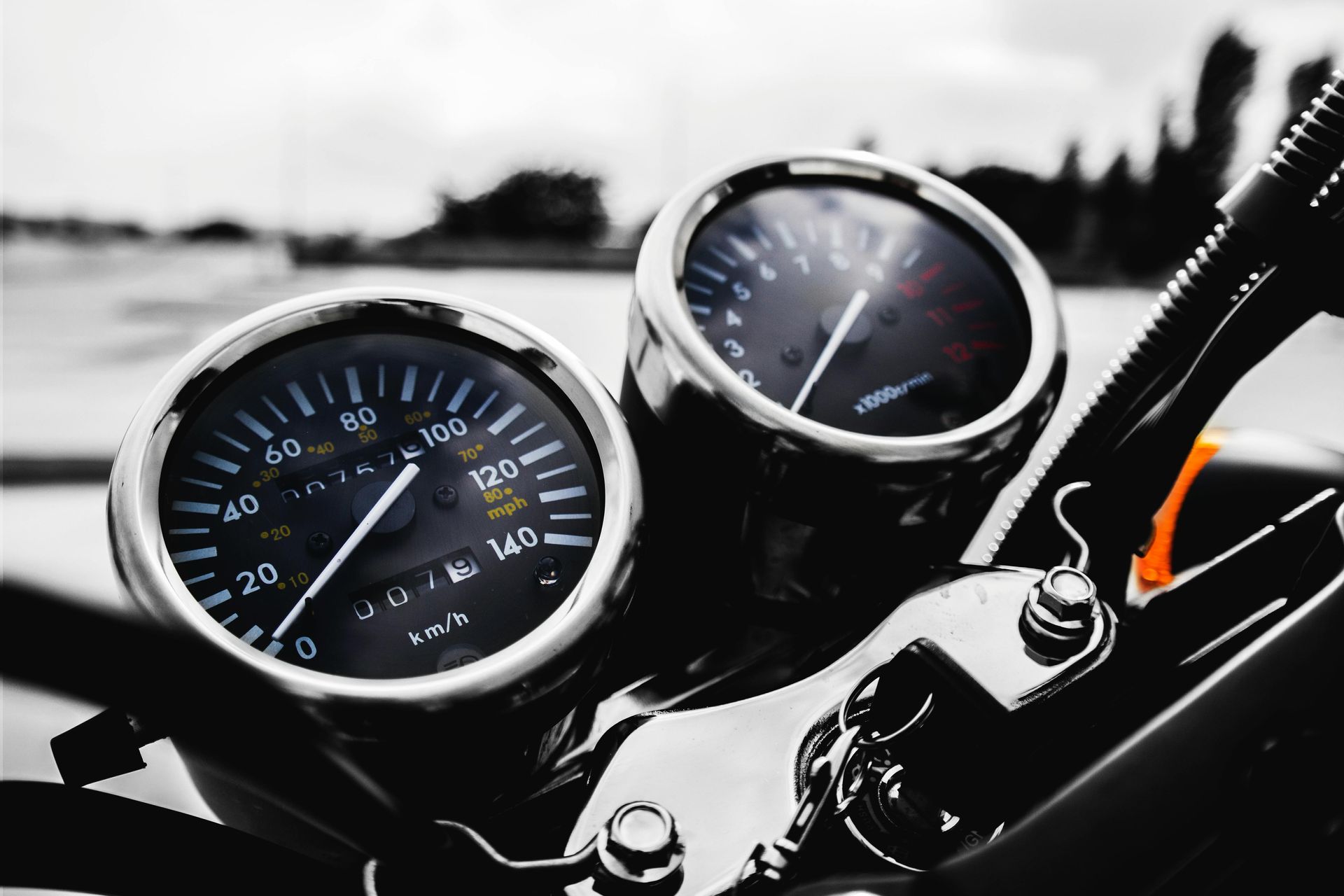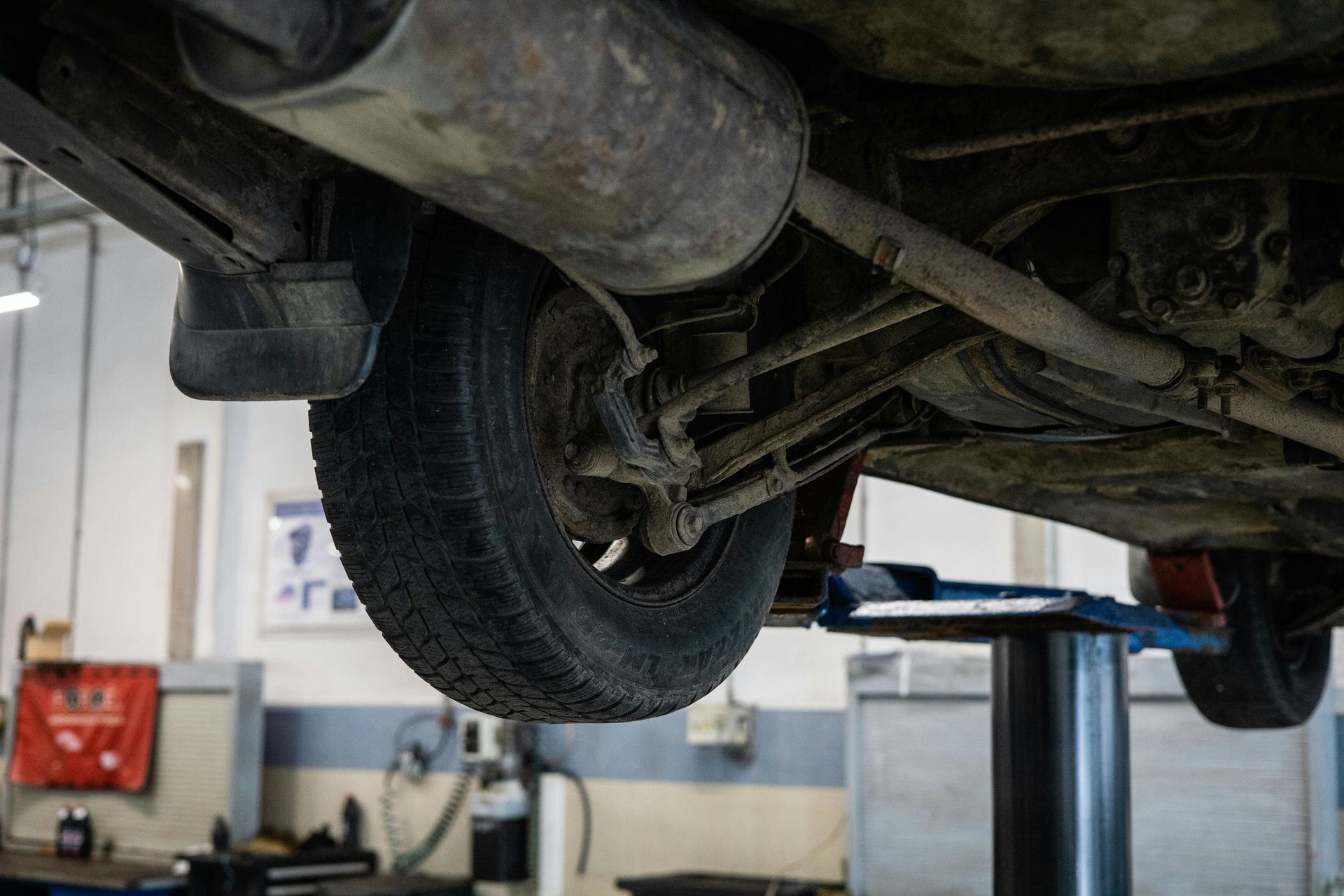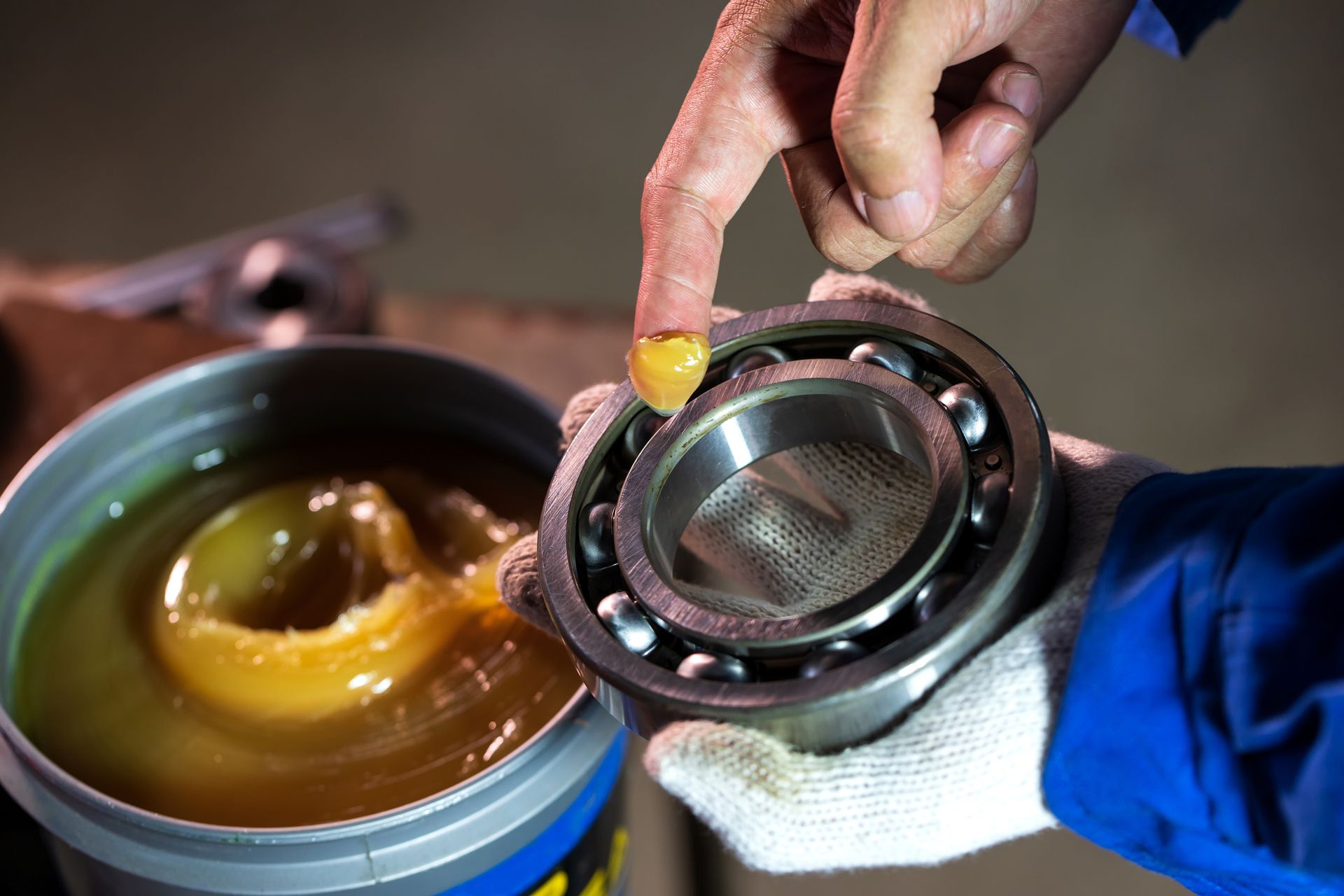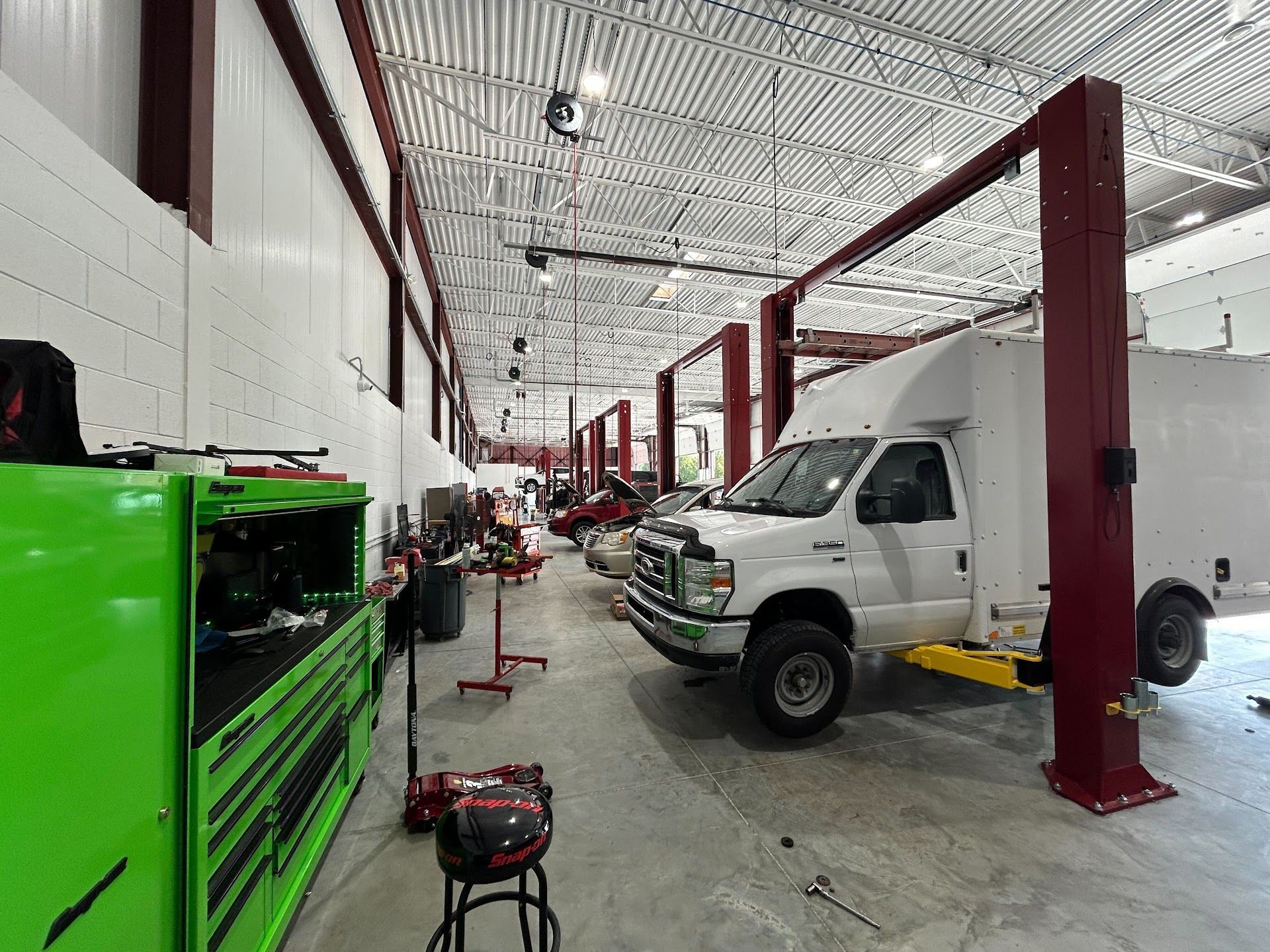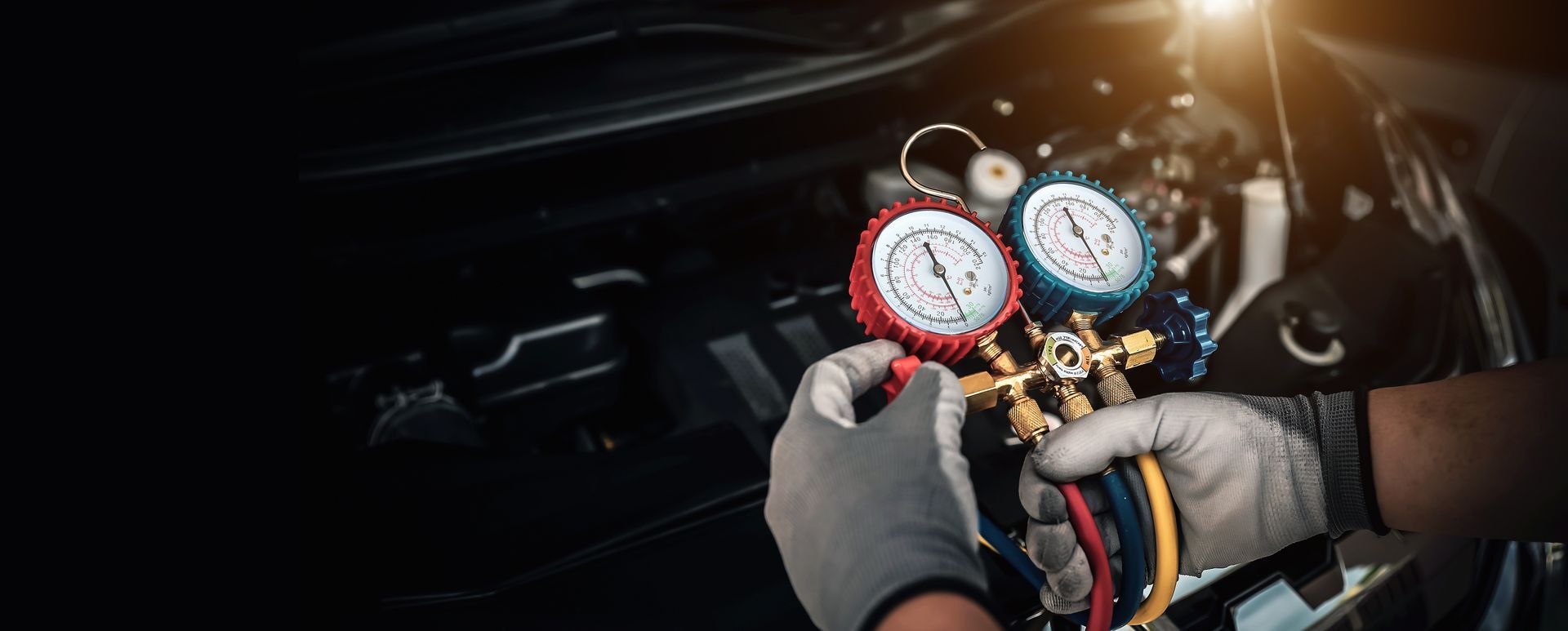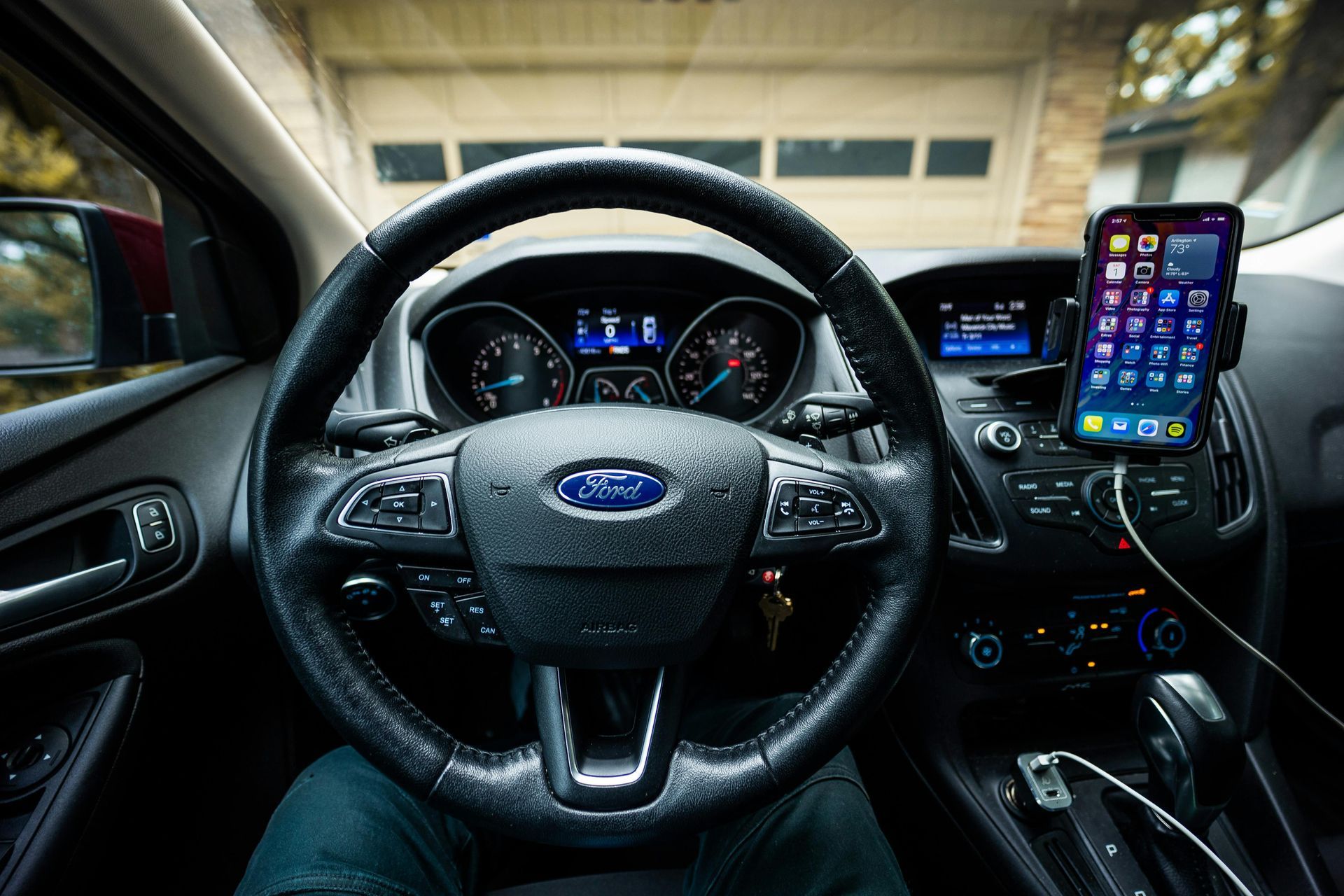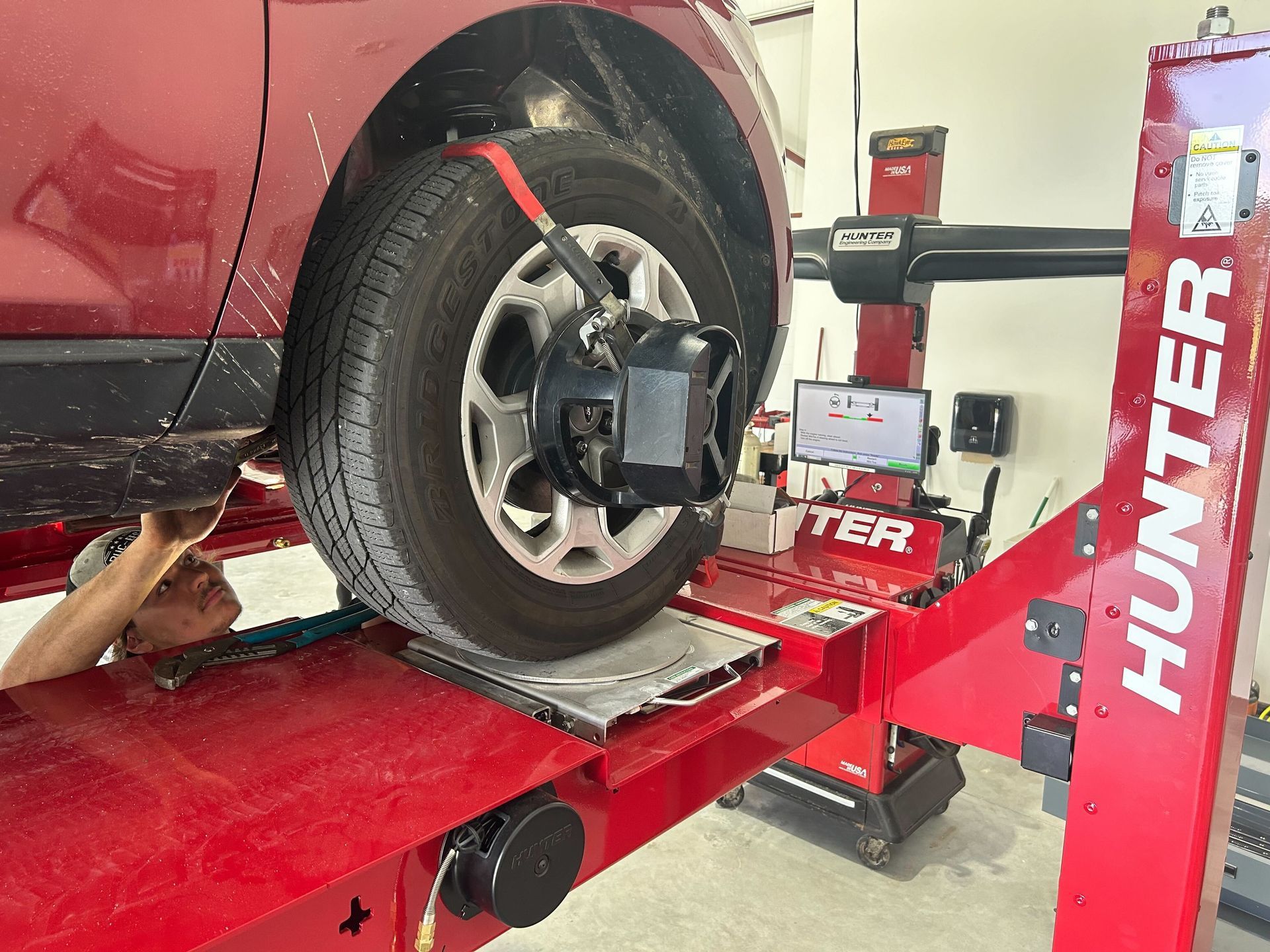Is Your Car Leaking Fluids? Here's What Every Michigan Driver Needs to Know (Before It's Too Late)
That puddle under your car this morning wasn't there yesterday. Now you're wondering: Is this expensive? Is it dangerous? Can I still drive to work?
We get these questions all the time at Auto DR. After helping families in Macomb and St. Clair County with their cars for over a decade, we've seen every type of fluid leak you can imagine. Some are no big deal—you can ignore them for weeks. Others? They'll leave you stranded on I-94 during rush hour if you don't take care of them.
Here's the honest breakdown of car fluid leaks—what they mean, which ones need immediate attention, and how to tell the difference before you're stuck with a massive repair bill.
Why Car Fluid Leaks Matter More Than You Think
Your car depends on six different fluids to keep running safely. When any of them starts leaking, it's like your body slowly losing blood—things might seem fine at first, but the problem compounds fast.
Living in Michigan makes this even more critical. Our brutal winters, road salt, and constant freeze-thaw cycles are tough on seals and gaskets. What starts as a small drip in November can become a major failure by February when you need your car most.
At Auto DR, we've pulled plenty of vehicles off tow trucks with issues that could have been prevented by an inspection to detect any leaks. The difference between a $50 seal replacement and a $3,000 engine rebuild often comes down to catching the leak before it gets worse.
The 6 Most Common Car Fluid Leaks
1. Engine Oil: The Leak That Can Destroy Your Engine
What it looks like:
- Color: Golden amber when fresh, dark brown or black when old
- Texture: Slick and greasy, leaves stains on concrete
- Smell: Slightly burnt or neutral
- Location: Usually under the front/center of your car
Why it happens: Oil pan gaskets, valve cover gaskets, and oil drain plugs take a beating from Michigan's temperature swings. Road salt accelerates corrosion, especially on older vehicles.
Danger level: HIGH
What to do: Don't wait. Low oil pressure can seize your engine in minutes once levels drop too far. We can pinpoint the exact source and give you an honest estimate before the problem spreads.
Real talk: We've seen drivers ignore small oil leaks until their engine locked up completely. A $150 gasket repair became a $4,500 engine replacement.
2. Coolant (Antifreeze): Your Protection Against Overheating
What it looks like:
- Color: Bright green, pink, orange, or yellow (depends on your car's type)
- Texture: Slimy and slightly sticky when touched
- Smell: Sweet, almost syrupy scent
- Location: Near the radiator, water pump, or hoses at the front of the engine
Why it happens: Coolant hoses become brittle in Michigan winters. Radiators corrode from road salt. Water pumps fail from constant temperature cycling.
Danger level: HIGH
What to do: Never drive far with a coolant leak. Overheating can warp your engine block or blow a head gasket—both catastrophically expensive repairs.
Local tip: If you're leaking coolant in winter, you're also losing freeze protection. That puddle could mean your engine is vulnerable to cracking if temperatures drop overnight.
3. Transmission Fluid: Keep Your Gears Shifting Smoothly
What it looks like:
- Color: Bright red when new, brown or dark red when old
- Texture: Oily and slick, thinner than engine oil
- Smell: Sweet when fresh, burnt when overheated
- Location: Middle or rear of the car, depending on front- or rear-wheel drive
Why it happens: Transmission seals wear out from heat cycles and age. Pan gaskets fail. Cooler lines corrode from road salt exposure.
Danger level: MEDIUM-HIGH
What to do: Transmission repairs are expensive, so catching leaks early can save you thousands compared to rebuilding a failed transmission. Our transmission diagnostics can help you understand exactly what's going on.
Cost reality: A leaking transmission seal might cost $200 to fix. A complete transmission replacement? $3,500-$5,500.
4. Brake Fluid: Your Safety Depends on This
What it looks like:
- Color: Clear to light yellow when fresh, dark brown when contaminated
- Texture: Thin and oily, slightly slippery
- Smell: Strong chemical scent
- Location: Near wheels, brake lines, or brake master cylinder
Why it happens: Brake lines corrode from road salt. Brake calipers develop leaks. Master cylinder seals fail with age.
Danger level: CRITICAL
What to do: Give us a call at (586) 271-6466. Brake failures put you and your family at serious risk. We can typically diagnose and repair brake leaks on the same day you call us.
Safety note: If your brake pedal feels spongy or goes to the floor, stop driving immediately.
5. Power Steering Fluid: When Parking Becomes a Workout
What it looks like:
- Color: Reddish, light brown, or clear
- Texture: Similar to transmission fluid but thinner
- Smell: Slightly burnt or oily
- Location: Front of the car, near the power steering pump
Why it happens: Power steering pumps wear out. Rack and pinion seals fail. High-pressure hoses crack from age and temperature extremes.
Danger level: MEDIUM
What to do: You can drive short distances, but steering will become increasingly difficult. Hard steering is dangerous, especially during emergency maneuvers.
6. Windshield Washer Fluid: Not Dangerous, But Still Important
What it looks like:
- Color: Blue, green, orange, or pink
- Texture: Watery and thin
- Smell: Soapy or alcohol-like
- Location: Front of the vehicle, near the bumper
Why it happens: Washer fluid reservoirs crack in extreme cold. Pumps fail. Lines disconnect.
Danger level: LOW
What to do: Not mechanically dangerous, but visibility matters for safety. This is a quick and inexpensive fix during your next service.
Prevention: Stop Leaks Before They Start
Regular Maintenance Schedule
- Oil changes every 3,000-7,500 miles (depending on your oil type)
- Coolant system flushes every 30,00-60,000 miles or per manufacturer recommendations
- Brake fluid changes every 3 years (brake fluid absorbs moisture over time)
- Transmission service every 60,000-80,000 miles depending on your vehicle
Seasonal Inspections
- Pre-winter checks ensure all fluids are topped off and protective.
- Spring inspections catch winter damage before summer heat makes it worse.
- Multi-point inspections during routine service help to identify problems early.
Quality Parts Matter
Using cheap fluids or aftermarket seals might save money upfront, but they often fail sooner than OEM parts. We stock quality components that match your vehicle's specifications.
How to Check for Leaks: Your 5-Minute Home Inspection
The Cardboard Test: Park over a large piece of cardboard overnight. In the morning, check for:
- Location of drips: Front, middle, or rear tells you which system is leaking
- Color and texture: Use our guide above to identify the fluid type
- Size of the problem: A few drops vs. a large puddle indicates your sense of urgency
Dashboard Warning Signs:
- Oil pressure light
- Temperature gauge climbing
- Brake warning light
- Power steering warning (if equipped)
Under-Hood Visual Check:
- Look for wet spots around caps and reservoirs
- Check fluid levels in all systems
- Note any unusual smells when the engine is warm
When to Stop Checking and Start Calling: If you see brake fluid, large amounts of any fluid, or your dashboard lights up—give Auto DR a call. We’ll talk to you on the phone and help you find a solution right away.
What to Do When You Discover a Leak
Step 1: Assess the Danger
- Brake fluid leak: Stop driving immediately
- Large puddles of any fluid: Don't drive far
- Small drips: Monitor closely, but schedule service soon
Step 2: Document What You See
- Take photos of the puddle and its location
- Note any symptoms you've experienced
- Check all fluid levels under the hood
Step 3: Contact Auto DR
Call us at (586) 271-6466 or chat with us through our website. Our team can help you determine:
- Whether it's safe to drive
- How urgent the repair is
- What to expect for repair costs
Step 4: Get Professional Diagnosis
Don't take any chances when it comes to leaks. Our advanced diagnostic equipment pinpoints exactly where leaks originate, saving you money on unnecessary repairs.
Why Choose Auto DR for Leak Repairs
We Find the Real Problem
Other shops might replace obvious parts without finding what's actually causing the issue. We take the time to figure out exactly where your leak starts, which keeps you from coming back with the same problem later.
Honest Estimates, No Surprises
We'll show you what's wrong, explain your options, and give you a written estimate before any work begins. No pressure, no upselling—just honest advice about what your car needs.
Warranty You Can Count On
Our 36-month/36,000-mile warranty covers leak repairs nationwide. You can drive with confidence knowing you're protected.
We Understand Michigan Cars
We know how Michigan's weather affects your car. Our recommendations take into account local driving conditions, winter weather, and road salt damage.
Family-Owned and Local
We've been serving Macomb and St. Clair County families since 2012. We treat every customer's car like it belongs to someone we care about. Because it does.
Take Action Before Small Problems Become Big Expenses
Car fluid leaks rarely fix themselves—they only get worse. What starts as a $150 seal replacement can become a $3,000 major repair if ignored too long.
Don't let a simple leak leave you stranded or facing a massive repair bill. We're here to diagnose your leak accurately and fix it right the first time. Give us a call at (586) 271-6466 and we’ll help you out right away. Let us be your trusted partner for honest auto repairs in Macomb and St. Clair Counties.



